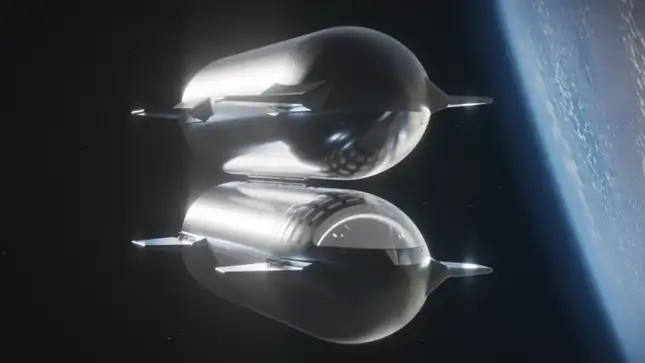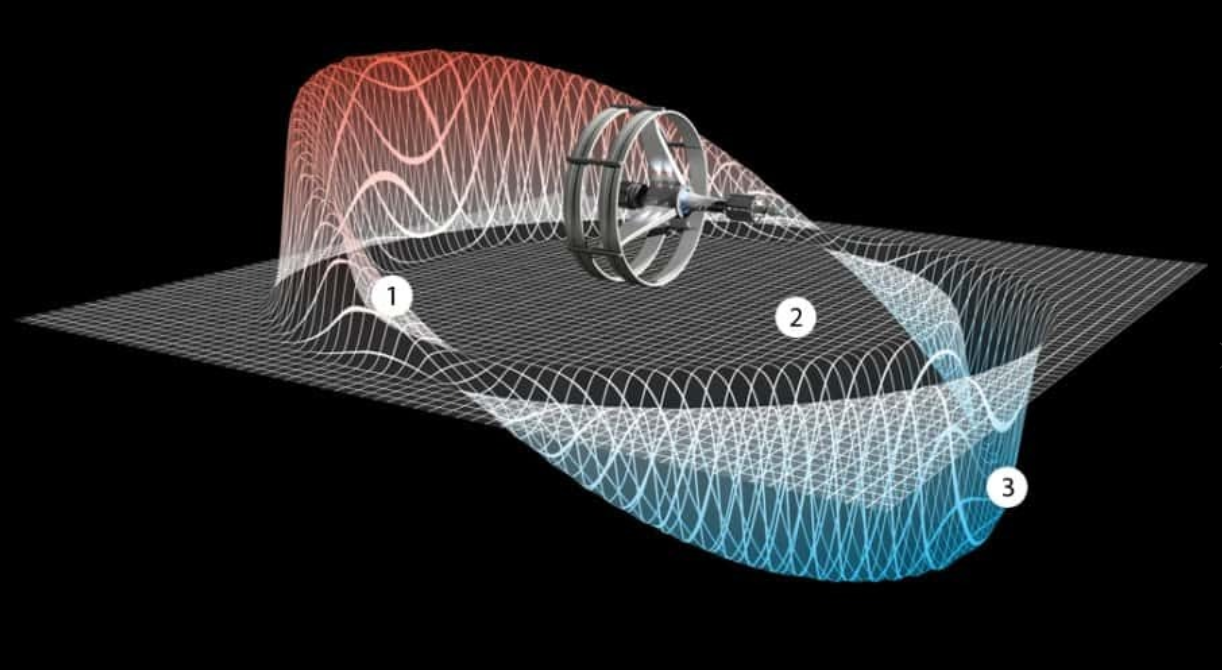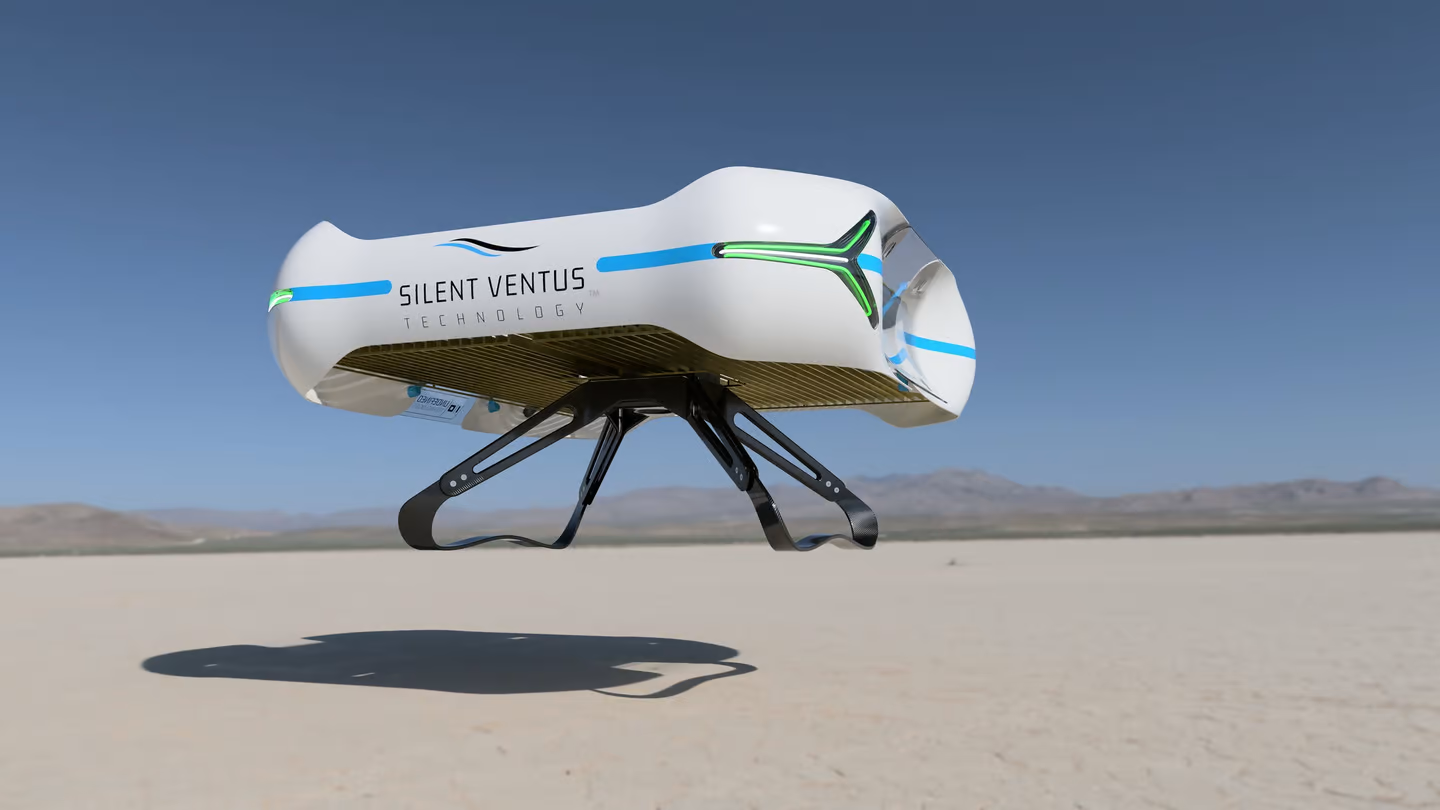Current State of Space Flight
Current state of space flight is to maintain the status-quo

Title photo: NASA Parker Solar mission, headline photo: SpaceX mission to Mars
Where is the new technology in today's space travel?
One of the greatest accomplishments for innovations in space travel is the speed found in NASA’s Parker Solar Probe. It’s traveled faster than any spacecraft has ever flown.
An active participant in space flight is Elon Musk with his SpaceX organization. His mission to Mars exceeds all the world’s government efforts by placing mankind on Mars.
The approach of human inhabitants in space is understood as a natural conclusion to human progress for exploration. One of the mission task intents from Musk’s contemporaries, Jeff Bezos, is to build a space port and visitor’s center with his Blue Origin company. His mission also surpasses any government project. One of the partners with his Orbital Reef project is Sierra Space, an experienced space exploration organization.
Here is a list of the major countries involved in space exploration:
Global space agency, IAFASTRO The International Astronautical Federation is the world’s leading space advocacy body with 513 Members from 78 countries
United States
The National Aeronautics and Space Administration (NASA) is a prominent space agency.
Russia
Roscosmos State Corporation for Space Activities is a major player in the space industry.
China
The China National Space Administration (CNSA) has been actively involved in space exploration.
Europe
The European Space Agency (ESA) represents 22 European countries.
France
The National Centre for Space Studies (CNES) is involved in numerous space projects.
Germany
The German Aerospace Center (DLR) is a key player in space research and technology.
United Kingdom
The UK Space Agency is responsible for the country's space program.
Luxembourg
The Luxembourg Space Cluster is Luxembourg’s space agency.
India
The Indian Space Research Organization (ISRO) is responsible for the country's space program.
Japan
The Japan Aerospace Exploration Agency (JAXA) conducts various space missions.
Canada
The Canadian Space Agency (CSA) is involved in various space projects.
South Korea
The Korea Aerospace Research Institute (KARI) is responsible for the country's space program.
Australia
The Australian Space Agency (ASA) was established in 2018 to coordinate and lead the country's civil space sector.
Kenya
The Kenya Space Agency (KSA) was founded in 2017 to leverage space research and technology for various applications.
Aerospace-technology.com provides list of the top 10 countries and a synopsis of their space activities.
The commonality to all these organizations is that current rocket launch technology remains in its tradition of chemical explosions as the primary source for all its space launch technology. Other than rocket launches, NASA has more than brute force rocketry in its arsenal for space travel. Deep Space 1 was launched on Oct. 24, 1998, its mission was to test a dozen new technologies including the use of an ion engine for spacecraft propulsion.
Ion thruster
Wikipedia: An ion thruster, ion drive, or ion engine is a form of electric propulsion used for spacecraft propulsion. An ion thruster creates a cloud of positive ions from a neutral gas by ionizing it to extract some electrons from its atoms. The ions are then accelerated using electricity to create thrust. Ion thrusters are categorized as either electrostatic or electromagnetic.
Stemming from the Deep Space 1 testing, NASA began the Dawn project, a test mission using ion drive to carry the vehicle on an interplanetary cruise.
How does the ion thruster work? The device that emits electrons to ionize xenon was heated to drive off contaminants, and then the thruster ionized xenon (but was not commanded to accelerate it). In addition, the gimbal system that points the thruster in the required direction was operated for the first time in flight.
September 24 - 28, 2007 - Dawn Launches!!
Dawn had a beautiful ride to space on September 27
2007 Archive
December 17 - 21, 2007 - Interplanetary Cruise Begins
With the successful completion of the initial checkout phase of its mission, Dawn began the interplanetary cruise phase. While other activities will be conducted occasionally, the project's focus now is on thrusting with the ion propulsion system to reach asteroid Vesta (and later dwarf planet, Ceres).
November 1, 2018 — Dawn's Long and Successful Mission Concludes
Dawn depleted its hydrazine propellant on Oct. 31,
Propulsion as a form of space flight requires exhaustible fuel. Although ion thrusters are much more efficient than traditional means of chemical thrust. Wikipedia states: Ion thrusters in operation typically consume 1–7 kW of power, have exhaust velocities around 20–50 km/s (Isp 2000–5000 s), and possess thrusts of 25–250 mN and a propulsive efficiency 65–80%[3][4] though experimental versions have achieved 100 kW (130 hp), 5 N (1.1 lbf).[5]
The use of chemical explosions as a source of fuel is impossible to be perpetual, without a mechanism to replenish its fuel supply. The eleven-year mission of Dawn was a remarkable task using an alternative source of fuel, however the twin Voyager probes launched in 1977 remain active. Gravity is a perpetual force.
Alcubierre Drive
Alternative methodologies for space travel includes the term ‘warp drive’. The term was initiated by science fiction. Wikipedia explains it best: In 1994, Miguel Alcubierre proposed a method for changing the geometry of space by creating a wave that would cause the fabric of space ahead of a spacecraft to contract and the space behind it to expand.
This is what is called Alcubierre Drive.

This is a mix between science fiction and the study of physics to figure out how it can be made possible.
A major hurdle for work at the forefront of fundamental physics is the inability to test cutting-edge theories in a laboratory setting. But a recent discovery opens the door for scientists to see ideas in action that were previously only understood in theory or represented in science fiction.
MIT ionic wind plane
From 2018, MIT engineers have built and flown the first-ever plane with no moving parts. Instead of propellers or turbines, the light aircraft is powered by an “ionic wind” — a silent but mighty flow of ions that is produced aboard the plane, and that generates enough thrust to propel the plane over a sustained, steady flight.
Unlike turbine-powered planes, the aircraft does not depend on fossil fuels to fly. And unlike propeller-driven drones, the new design is completely silent.
“This is the first-ever sustained flight of a plane with no moving parts in the propulsion system,” says Steven Barrett, associate professor of aeronautics and astronautics at MIT. “This has potentially opened new and unexplored possibilities for aircraft which are quieter, mechanically simpler, and do not emit combustion emissions.”

A 2023 article in newatlas.com describes a Florida company, Undefined Technologies, that has developed a drone technology known as Silent Ventus. The "Silent Ventus" drone doesn't use propellers to fly. Instead, its entire broad structure creates two stacked grids of electrodes, designed to create high-voltage electric fields that can ionize the oxygen and nitrogen molecules in the air, freeing electrons to give them a positive charge, and then propelling these downward to create an "ionic wind" that can produce thrust.
In another post at thedebrief.org is an article about the company Exodus Propulsion Technologies: “Essentially, what we’ve discovered is that systems that contain an asymmetry in either electrostatic pressure or some kind of electrostatic divergent field can give a system of a center of mass a non-zero force component,” Buhler explained. “So, what that basically means is that there’s some underlying physics that can essentially place force on an object should those two constraints be met.”
To editorialize a comment; a propellent-less propellent drive is another word for electric spark.
Another methodology for propulsion is the Biefeld-Brown Effect. The article in gravitycentral.space describes electrogravitics.
To the CATTCC research studies, there are many blogposts which describe nontraditional space travel alternatives. One of the most important geniuses to heed is found in the words of Viktor Schauberger: “understand and copy nature”. Since Earth’s electrostatic field is always present, a suggestion for research is to build a device that reverses Earth’s electrostatic polarity, which should allow a device to be pulled, rather than pushing against it. To reach an efficient methodology to launch a space craft, using an attractive force where resistance is eliminated, would be found as the most advantageous. Resistance based Chemical explosion technology produces tremendous resistance and massive heat. It is the least efficient method for accelerating spacecrafts into space.



